Sony A7R Mark III - The Best Digital Camera for Image Documentation - Featuring the Sony FE 70-200mm f/2.8 GM OSS
I know what you're thinking. You're probably wondering why I'm photographing trees... and that title image... what's with that? The short answer is because I'm not in Hong Kong. But to address the question sufficiently, the long answer would offer more clarity. I'm currently in Northern Japan, where I winter for half the season. In practice, where I am shouldn't be an imposition to the timely posting of this blog. However, unlike last year, I did not come as prepared with ready-made content in anticipation of my extended stay.
You see, right before my journey, Anna decided to go off to Thailand for a music festival. Such is the spirit of the young and free, I suppose. But then, what about the blog? Needless to say, a lack of new content forced me to skip my regularly scheduled posting last week. Still, I didn't want to skip a second consecutive week, because of no new content. So out of a sense of obligation, I decided to conjure up something, despite the absence of collaboration. It's for this reason I decided to make due with trees as my subject for this week's post.
Of course, it's not just the trees. Where I am in Northern Japan, the snow is unmistakably the real starring attraction. There's just so much of it - mounds of it piling upon piles of accumulation - on the ground, along the shoulder of the snow-ploughed routes, and on the rooftops. It's visually impossible to exclude the contextual significance of all this snow, especially in any meaningful documentation.
Having determined that trees and snow will be the focus for this week's post, I might as well approach my documentation unconventionally to debunk a prevailing misconception about landscape photography. You see, contrary to popular belief, landscapes are not best captured with wide angle lenses. Admittedly, there are times when going wide makes sense for that application - usually when you're up close to what you want to photograph. But in my experience, a telephoto lens is actually far more useful. This may seem to fly in the face of logic, given the assumption that the wide expanse of the great outdoors requires sufficient coverage to take in all of nature's glory. However, you'd be surprised how much of nature's glory really isn't necessary, when photographing landscapes.
Typically, most landscapes captured with wide angle lenses will end up with either too much sky or too much ground in the documentation. This happens, because the wide expanse of nature's glory generally does not conform to conventional aspect ratios of most cameras - given that nature tend to sprawl out in a horizontal direction, and not vertically. Consequently, the use of wide angle lens would seem rather imprecise for documenting landscapes from afar.
ISO 400, f/5.6, 1/1250s, @200mm
ISO 100, f/2.8, 1/2000s, @200mm
ISO 400, f/5.6, 1/1250s, @200mm
ISO 400, f/5.6, 1/1250s, @200mm
ISO 400, f/5.6, 1/1250s, @200mm
ISO 400, f/5.6, 1/1000s, @200mm
So from the perspective of wanting to take in all of nature's glory, without capturing too much from above or below, a panoramic camera would seem to make more sense than a wide angle lens. Of course that would be true, if modern panoramic cameras were actually readily available in the marketplace. But in reality, that isn't the case. Other than the Fuji TX and Hasselblad XPan of years gone by, you're pretty much limited to stitching photos or panning on your smart device for panoramic landscape images - that is unless you take the telephoto approach.
Well, that's exactly what I did. I brought with me the Sony A7R Mark III and the Sony 70-200mm f/2.8 GM OSS with me. With that said, I must come clean and admit I didn't bring this pairing for the sake of landscape photography - since it's a genre I almost never practice. Rather, the reason why I brought this pairing with me had more to do with my present feeling towards the A7R Mark III. In my opinion, I strongly believe the Sony A7R Mark III may very well be the best digital camera currently available - and pairing it with the Sony 70-200mm f/2.8 would help me support my point of view.
To be objective, no camera or camera system is perfect. Thus, being the best, in the context of my proposition, does not mean the Sony A7R Mark III is perfect. Frankly, the Sony A7R Mark III is far from perfect. Its color rendering isn't exceptionally unique, its micro contrast isn't particularly special, and it's user interface isn't especially laid out in an intuitive fashion. Overall the image capture and user experience of the Sony A7R Mark III can best be characterized as being rather unremarkable, albeit adequately sufficient for what it is.
But with regards to what a camera is supposed to do - which is to document reliably - the Sony A7R Mark III truly excels in doing that better than any other digital camera. Admittedly, all cameras can take photos reliably to some extent. However, the Sony A7R Mark III does it better by being more forgiving in consistently taking usable pictures.
To support my opinion, I will demonstrate how the Sony A7R Mark III improves the usability of its image capture by optimizing what I believe to be the three most material factors in documentation.
Recoverability of dynamic range
Compositional flexibility from increased resolution
Simplification of the autofocus process
ISO 100, f/5.6, 1/1600s, @200mm
1:1 Magnification - Center - f/2.8.
NOTE: 1:1 Magnification is roughly 1/30th in area of the original image.
1:1 Magnification - Bottom Right Corner - f/2.8
ISO 400, f/5.6, 1/1000s, @200mm
1:1 Magnification - Center - f/5.6
1:1 Magnification - Top Left Corner - f/5.6
Recoverability of dynamic range
As white as snow is, from the perspective of tonality, it must be regarded in terms of exposure as part of the grayscale. If snow is completely white in documentation, it would be rendered without the impression of volume, since true photographic white is essentially flat, being an instance of blown highlights. Given how highlights can easily be blown in the snow, prudence would suggest exposure compensation by one stop less - which is the norm when photographing in the snow. However, that doesn't always result in the desired correction. Sometimes the clouds break to let in more sun, resulting in blown highlights, or sometimes the clouds gather, resulting in crushed shadows.
With the Sony A7R Mark III, the metering generally appeared to be weighted conservatively underexposed by one stop in the snow - if I had to eyeball a value. So compensated one stop under exposed, my resulting image files were noticeably dark. Because of that, I decided to take a couple more test shots, up to three stops overexposed. What I discovered was remarkable. From what I can observe, the A7R Mark III's dynamic range was versatile enough to recover all the details in the snow three stops over exposed, without any instances of blown highlights.
With regards to under exposure, the dynamic range of the image files was versatile enough to recover details from the shadows. Admittedly, I was not photographing in the dark at high ISO. But under the gathering clouds, compensated one stop underexposed, I had to push exposure two stops for some of my image capture. The corrected images appeared as if the original documentation were correctly exposed at the moment of capture.
Overall, the recoverability of the Sony A7R Mark III's image files were exceptionally flexible. Given that, I believe the Sony A7R Mark III will improve the probability of optimize image capture.
ISO 400, f/5.6, 1/500s, @200mm
1:1 Magnification - Center - f/5.6
1:1 Magnification - Top Left Corner - f/5.6
ISO 100, f/2.8, 1/2500s, @200mm
1:1 Magnification - Center - f/5.6
1:1 Magnification - Top Right Corner - f/5.6
Compositional flexibility from increased resolution
From the perspective of composition, I have never been a purist. Rather, I come from the photographic school of thought to shoot first then make it better later. The reason I subscribe to this approach owes to my belief that photo opportunities are fleeting. As such, the act of documentation takes precedence over the intent of composition. So from the perspective of documentation, I'd rather be a pragmatist. Because of that, getting the image capture is comparatively more important than optimizing the image capture, given that time isn't always sufficient to fine tune the composition.
Nevertheless, recomposing the image after the fact is not without its disadvantages. In cropping the image for the sake of composition - whether to level an image or bring the subject closer - a certain amount of resolution will be lost. In truth, the lost of resolution isn't a significant concern in our current world of 24 megapixel norms. But that doesn't mean there isn't a threshold to compositional scaling. Eventually, there will be a point when resizing will impact image detail enough to degrade perceived sharpness.
However, with the high resolution sensor of the Sony A7R Mark III paired with a high resolving G Master lens like the Sony 70-200mm f/2.8, the threshold to compositional scaling is significantly more flexible. Because of that, I can document with greater confidence, knowing I have much more resolution at my disposal to fine tune my composition after documentation. This means I will not shoot with compositional hesitation, and will less likely miss a photo opportunity by a split second. As a result, higher resolution and increased resolved details in documentation will improve my probability of optimized image capture.
Admittedly, the need to choose between documentation and composition isn't a material concern when photographing trees in the snow. It's not as if the trees would have a sudden change in expression or position. However, the sample images and accompanying magnification provided demonstrate the compositional possibilities of increased resolution and resolved details. Even at 1:1 magnification (accounting for 1/30th of the image area) shot from well over fifty feet away, sufficient image detail can still be retained, despite foreground obfuscation from an increase in snowfall.
ISO 400, f/5.6, 1/1000s, @200mm
1:1 Magnification - Center - f/5.6
ISO 400, f/5.6, 1/1250s, @200mm
1:1 Magnification - Mid Region - f/5.6
ISO 400, f/5.6, 1/500s, @200mm
ISO 400, f/5.6, 1/1250s, @200mm
Simplification of autofocus
Nothing ruins an image more than unintentionally missed focus. Admittedly, there are times when serendipity makes an imperfect documentation visually compelling. But on average, an out of focus image looks like a mistake. Given the importance we place on perceived focus, simplification of the autofocus process in minimizing uncertainty, is probably the most important determinant in assessing the performance of a digital camera.
For the sake of testing the A7R Mark III's autofocus, I deliberately paired it with the Sony 70-200mm f/2.8 GM OSS. From the perspective of testing, I knew a tighter focal length and a far away subject would significantly increase focusing difficulty. Having said that, photographing trees in the snow isn't exactly a focusing challenge. Realizing that, I decided to hike over to the main ski run to test the autofocus on skiers and riders. I am after all on a snowy mountain in Northern Japan.
Unfortunately, the weather started to turn on me, with the snowfall becoming noticeably heavier. The snow began to impact the accuracy on the Sony A7R Mark III's autofocus. But once I became accustomed to the change in shooting conditions, I found the A7R Mark III's autofocus to be remarkably effective. When set to flexible spot, the autofocus will track whichever subject you select with great certainty - from edge to edge inside the entire frame - bound inside an illuminated focusing box for easy visualization.
The focus tracking is completely effortless in its automation. It completely takes the guesswork and uncertainty out of focusing, once the subject is selected by you. It's instantaneous in acquiring focus, and locks on without fail. I have no doubt that simplification of the autofocus process will improve the probability of optimized image capture.
ISO 400, f/4.5, 1/1600s, @200mm
ISO 400, f/4.5, 1/640s, @200mm
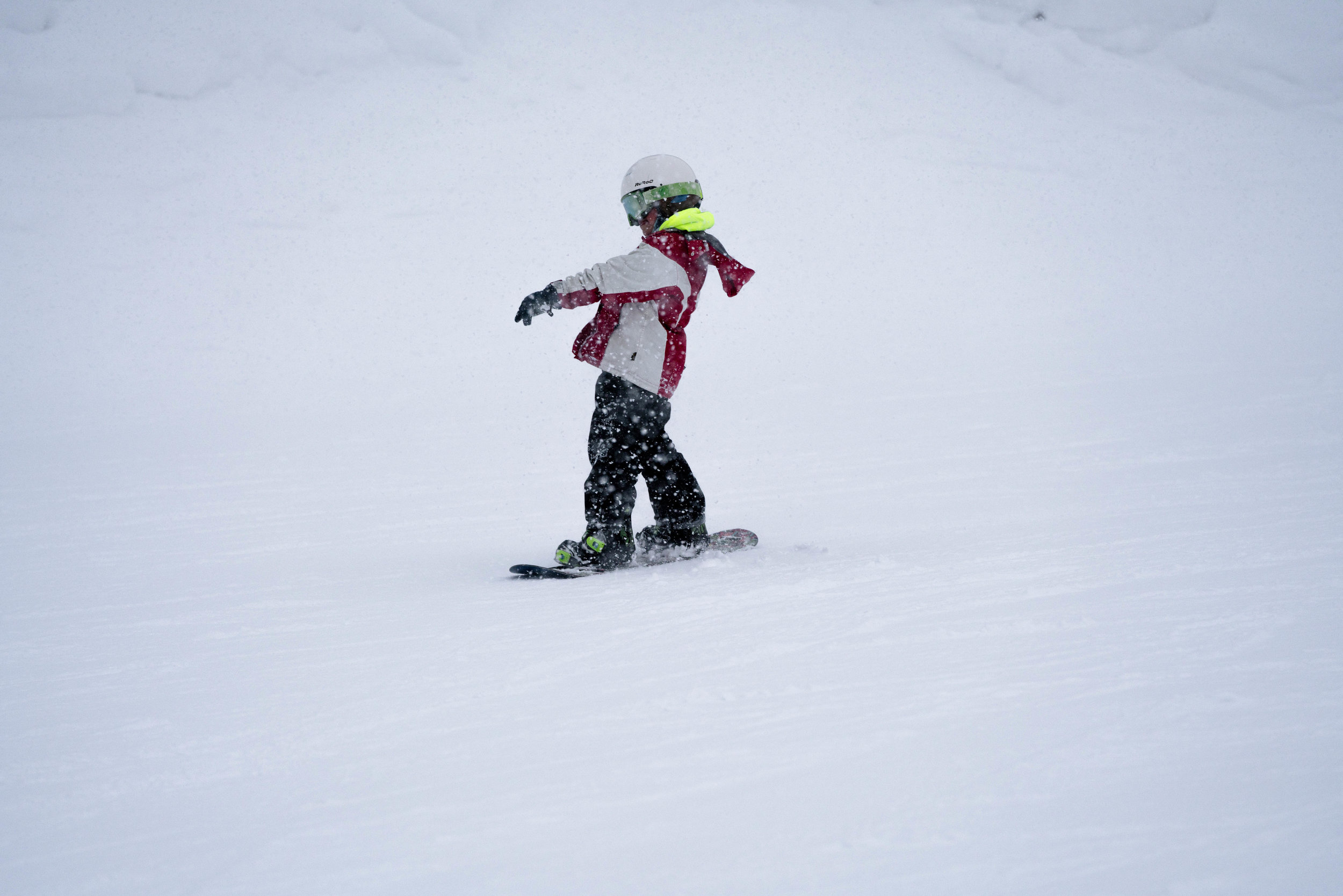

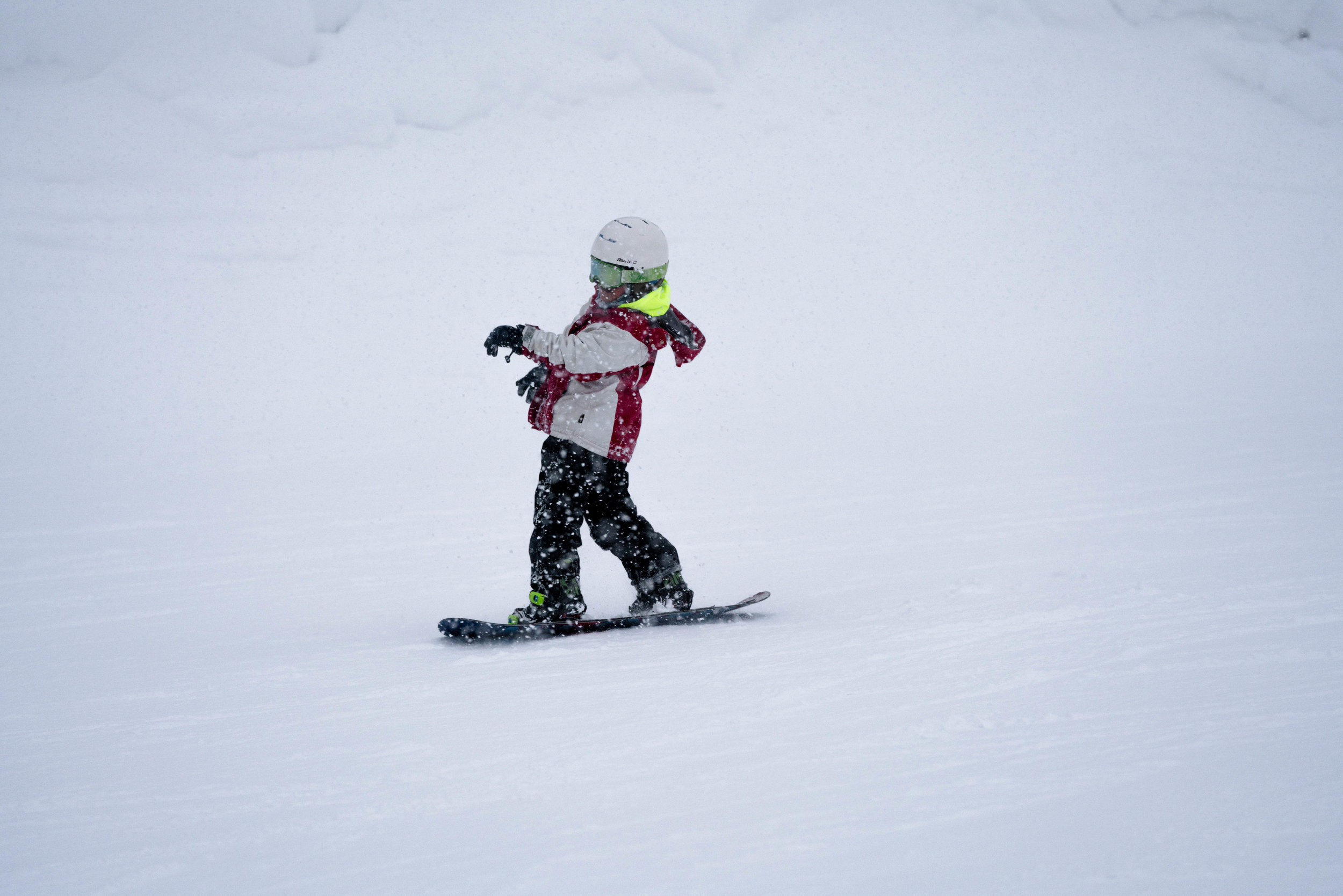
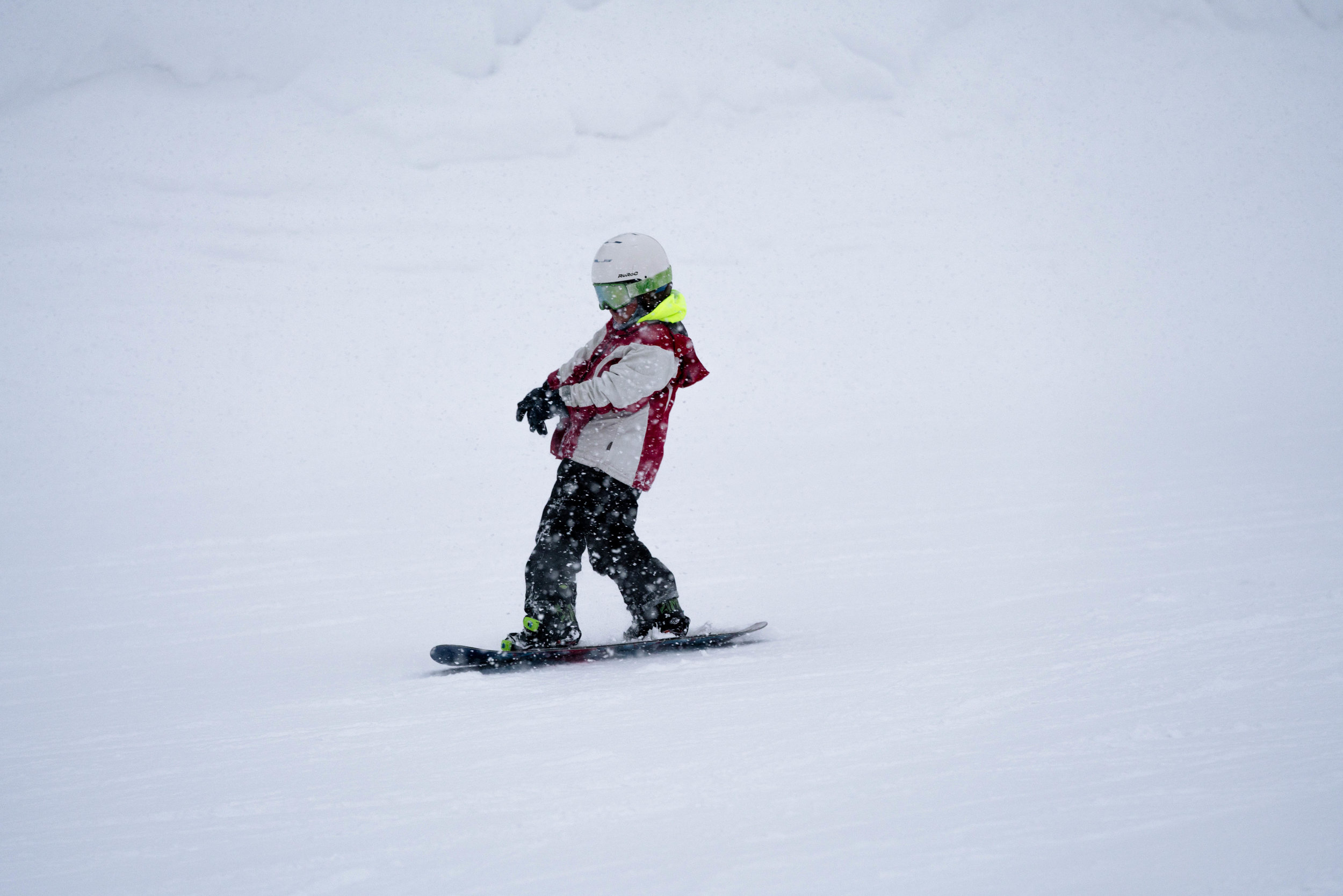
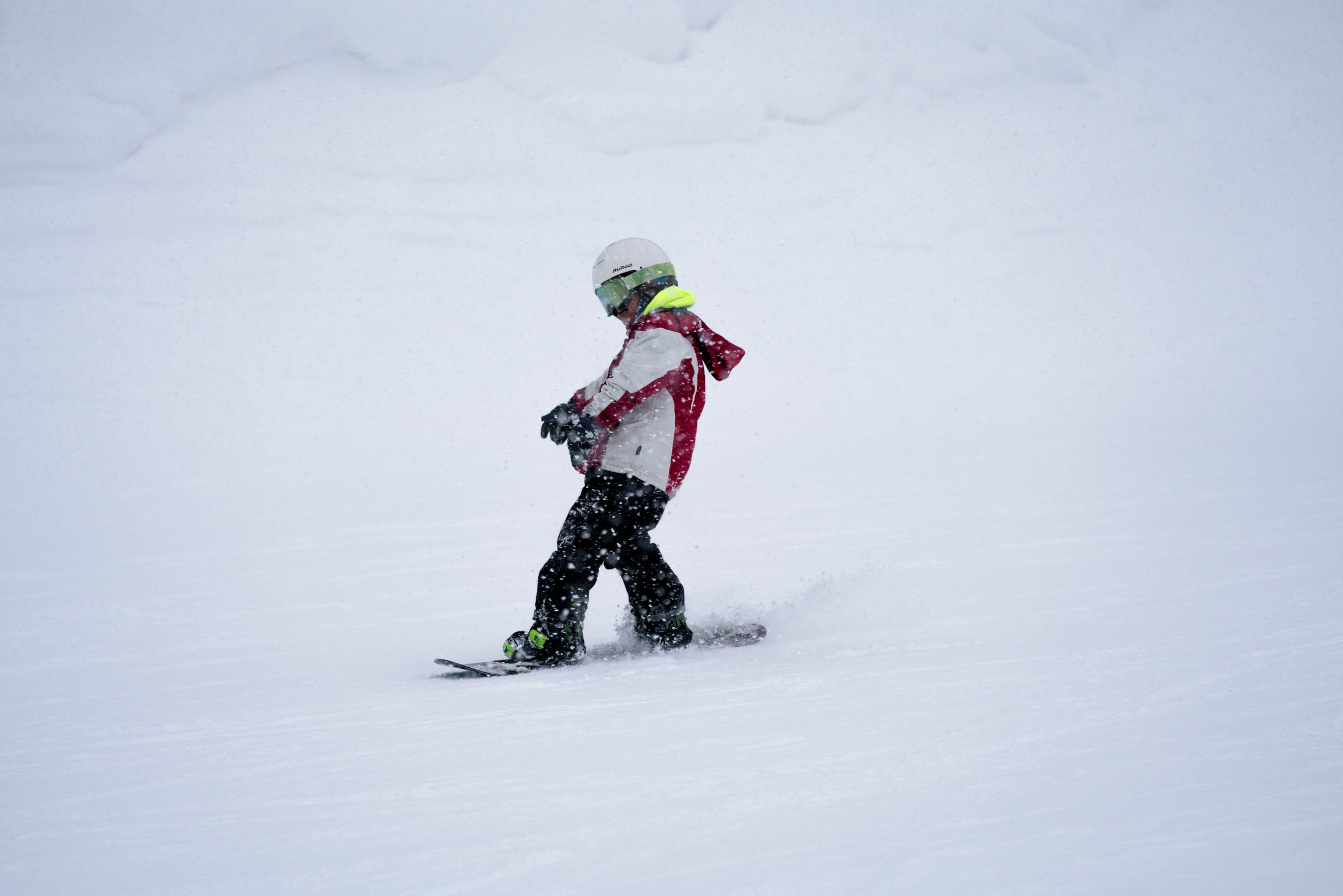
ISO 400, f/4.5, 1/1600s, @200mm

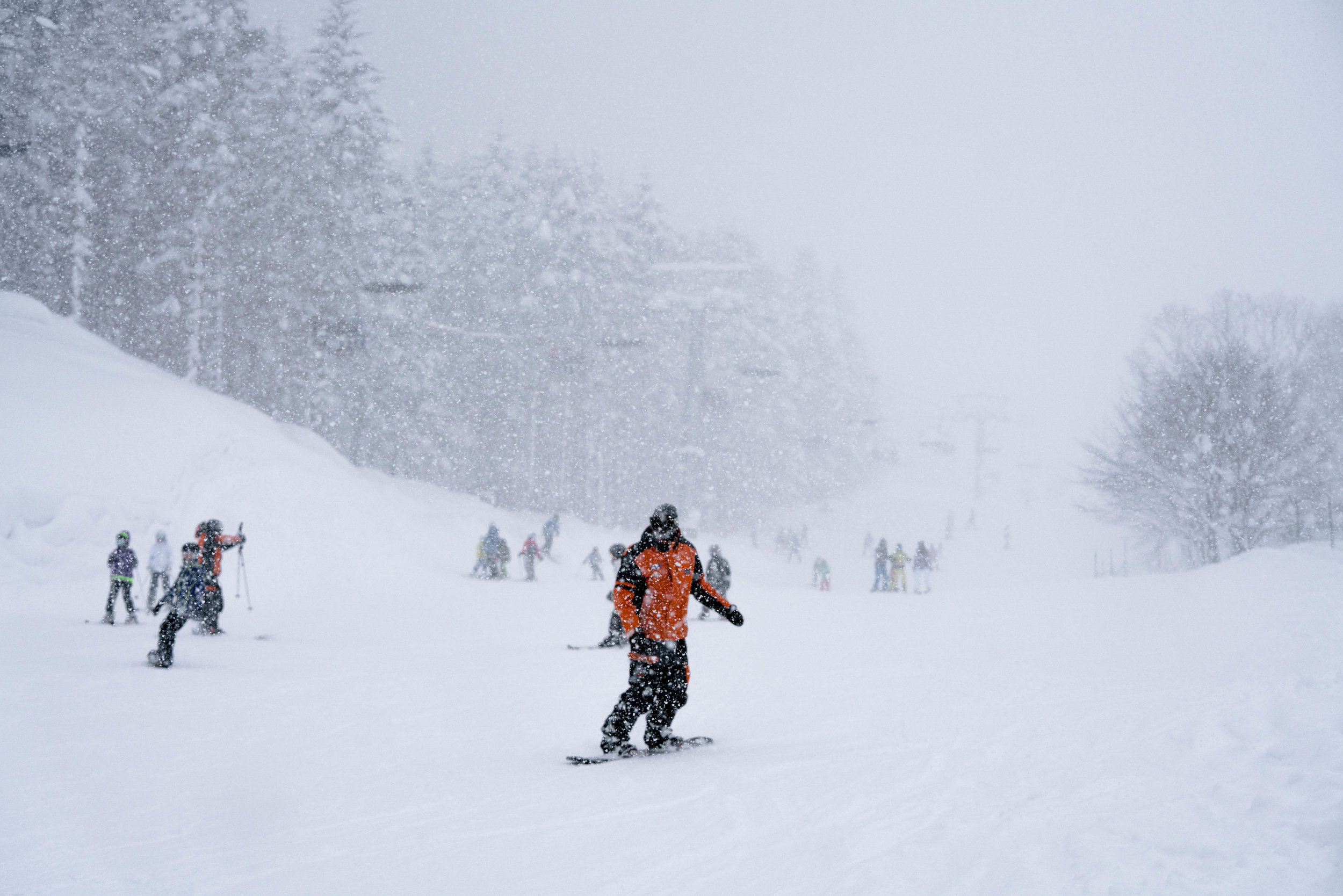
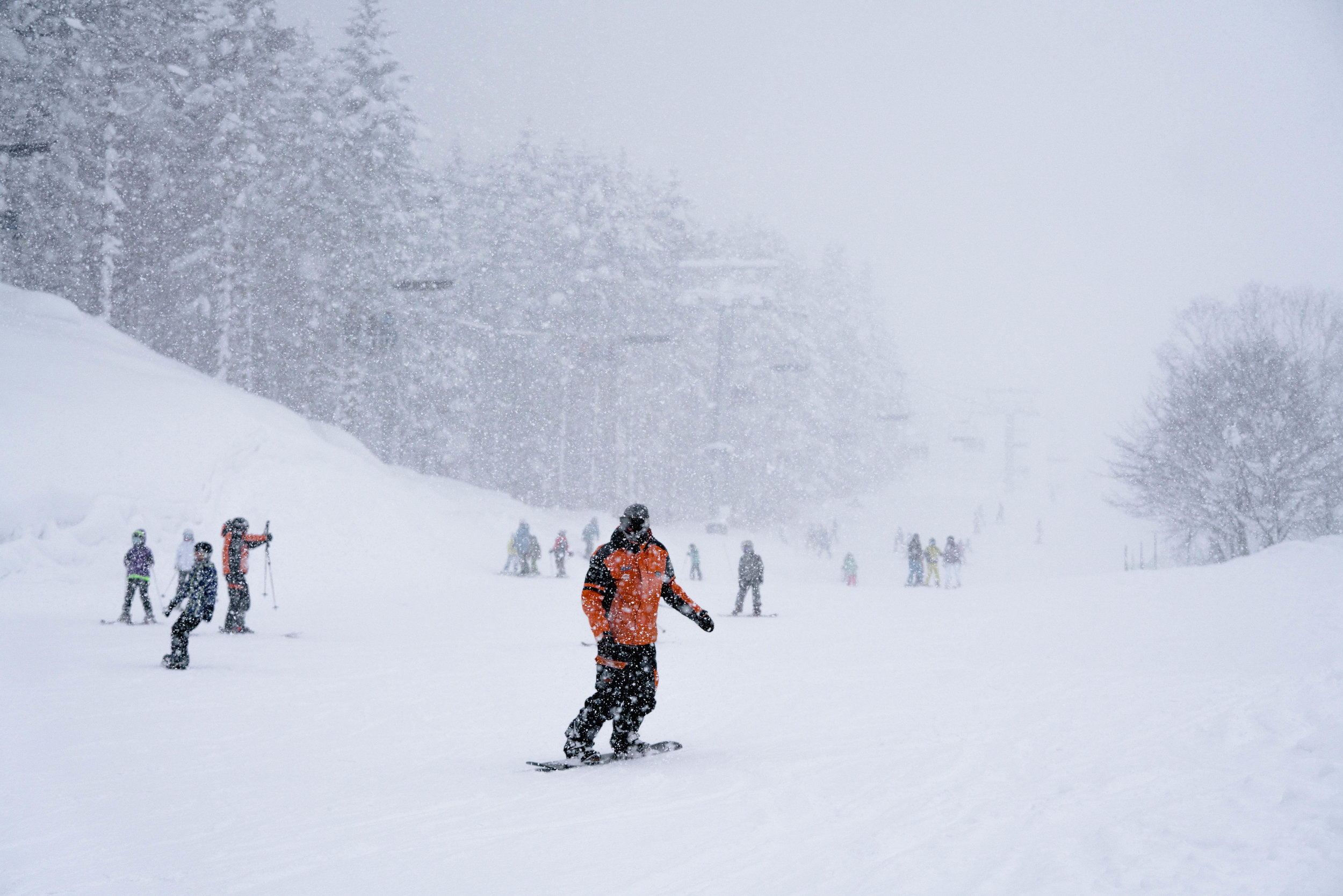
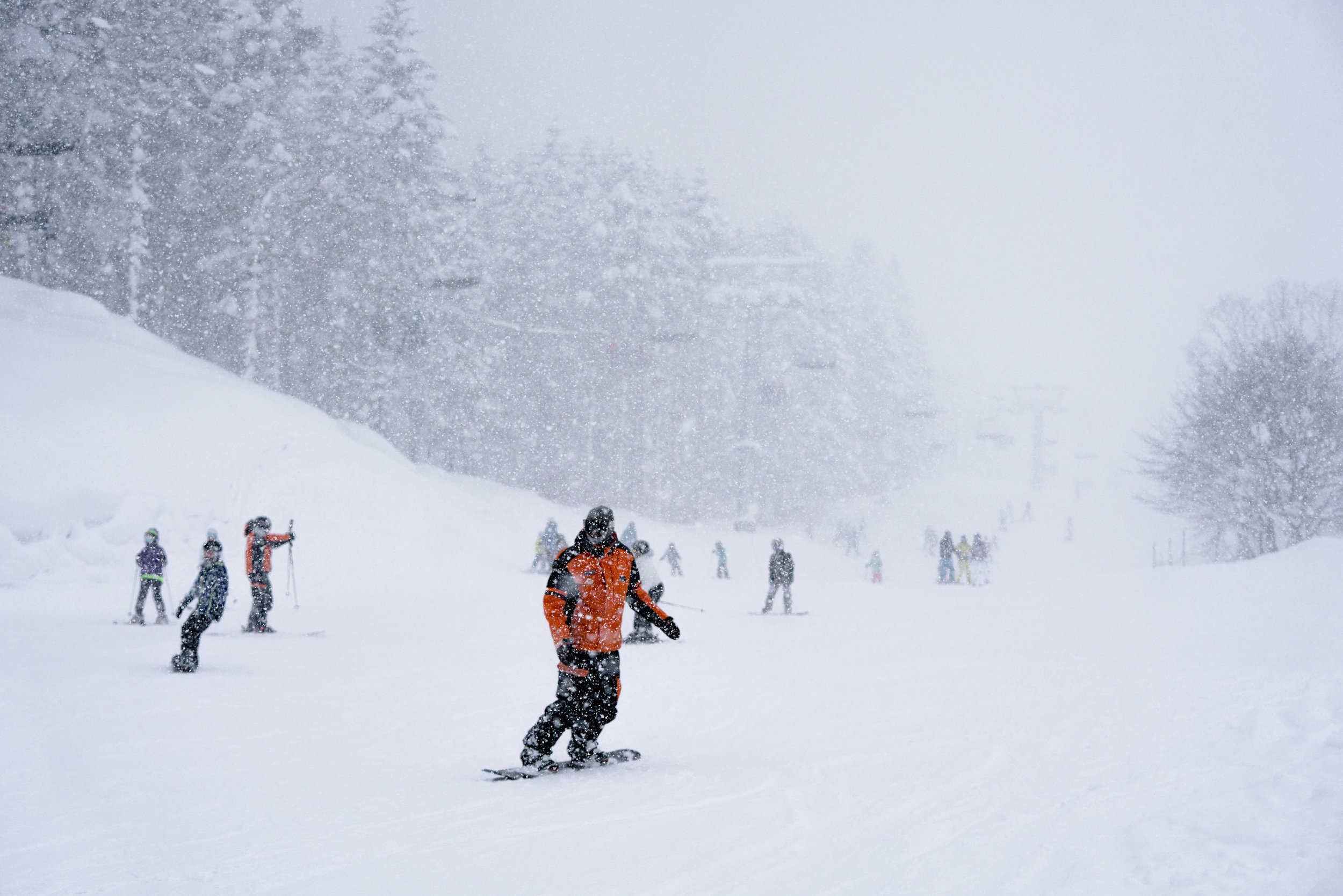

2:1 Magnification - Mid Region - f/4.5 - ISO 400
To be fair, the Sony A7R Mark III doesn't specifically offer any unique advantages over other cameras. Other systems have high resolution sensors and high resolving lenses. Other systems offer simplification of autofocus. And other systems have flexible dynamic range. With that said, I have yet to find another camera system offering a combination of these three material considerations that improves the usability of a camera's image capture. Because of that, I believe the Sony A7R Mark III is the best digital camera for image documentation, as of this writing.
A Final Word on Cold Weather Handling
As much as I wanted to write about the cold weather user experience of the Sony A7R Mark III, there really isn't much to say. The battery life and disk writing time is likely impacted by the subfreezing temperature. However, I didn't test it specifically, so I didn't notice any substantial differences. But anecdotally speaking, after three hours of standby and continuous use, with over three hundred frames of image taken, my battery level was well over 60%. And after a series of continuous burst of raw compressed files, I didn't experience any buffering issues either.
The only two noticeable issues I experienced in the wintry conditions were the autofocus issue from the snowfall obscuring focus accuracy between the camera and the subject, and the rear LCD screen which no longer worked when snow covered the eye level sensor. Other than that, the Sony A7R Mark III and the Sony 70-200mm f/2.8 GM OSS did not appear to be hindered by the snow or the subfreezing temperature in any way.
All images were shot one stop underexposed to prevent blown highlights of the snow. As such, all images had their exposure, highlights, shadows, light and dark values tweaked. The color balance of the final image set (at the ski run) have been tweaked, since it was noticeably blue from the snow squall. All editing was done in Lightroom (and not Capture One) for the sake of my own comfort. Only images in magnification have been cropped.
***You may have noticed I included many image magnifications on this post. Initially, I was going to do a lens review of the Sony 70-200mm f/2.8 GM OSS. I didn't. As such, I might update the sample images of this post in order to provide better supporting documentation to the narrative.






